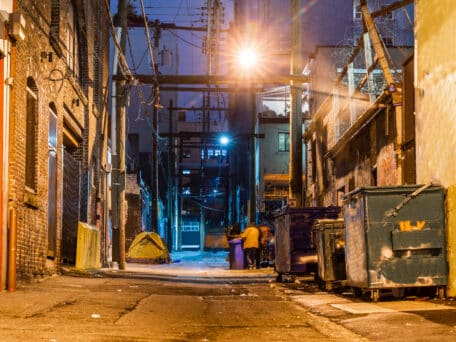Seattle’s $15 minimum wage law kicks in this Wednesday. Since city lawmakers passed the unprecedented wage hike, the law’s potential impact on businesses—particularly restaurants—has garnered quite a lot of attention. Critics point to the inevitability of restaurant closures, higher menu prices and/or cuts to employees’ work hours. Proponents of the $15 minimum wage promise little-to-no impact on businesses. Yet, they cannot escape the fact that, in the end, it’s an untested citywide experiment.
Well, one iconic Seattle restaurant has decided to take its future into its own hands and conduct an experiment of its own. This Wednesday, Ivar’s will “raise the wages of about 100 employees who make less than $15 at its sit-down restaurant Ivar’s Salmon House, at the north end of Lake Union.” There is, however, a catch. The Seattle Times,
“Those servers, bussers, dishwashers and others will see an increase in their hourly pay to a flat $15. They will not, however, get any tips because the restaurant will now tell customers they do not need to tip. To make up for that, the restaurant will share its menu-price increases with the employees. Ivar’s management expects that, under the new system, its hourly staff’s annual pay will end up being the same as, or higher than, what they earned last year.”
Ivar’s plans to also set a new $11 minimum-wage for workers at its more than 50 quick-service seafood bars and stadium locations not just in Seattle. In order to offset the labor cost increase, Ivar’s will boost prices at the seafood bars by 3 percent. Additionally, prices at stadium locations will increase in order to cover product costs.
According to the Seattle Times, here’s how the Ivar’s experiment will work:
“Servers and bartenders at the Salmon House in 2014 made the state minimum wage of $9.32 an hour, along with $18 to $19 an hour in tips, on average, Donegan said, adding that the restaurant’s typical server or bartender made about $60,000 a year last year.
“On average, customers paid a 17 percent tip for each bill last year.
“Under the new system, the price for each menu item at the Salmon House will go up 21 percent. That 21 percent represents a combination of 17 percent to make up for the tips that customers will no longer be giving, and 4 percent to cover raising the minimum wage to $15 as well as increased food and operating costs.
“The 21 percent price hike will be shared among restaurant hourly staff, with 8 percent going to servers and bartenders, and 13 percent to be divided among bussers, hostesses, dishwashers and others…”
Ivar’s President Bob Donegan predicts that, by the end of the year, workers should have made as much or more than they did last year. If workers make less—which is a possibility—Donegan says Ivar’s will “figure it out.”
That’s certainly one way to deal with cost increases associated with the $15 minimum wage law. It will be interesting to see whether or not other Seattle restaurants follow Ivar’s example.




